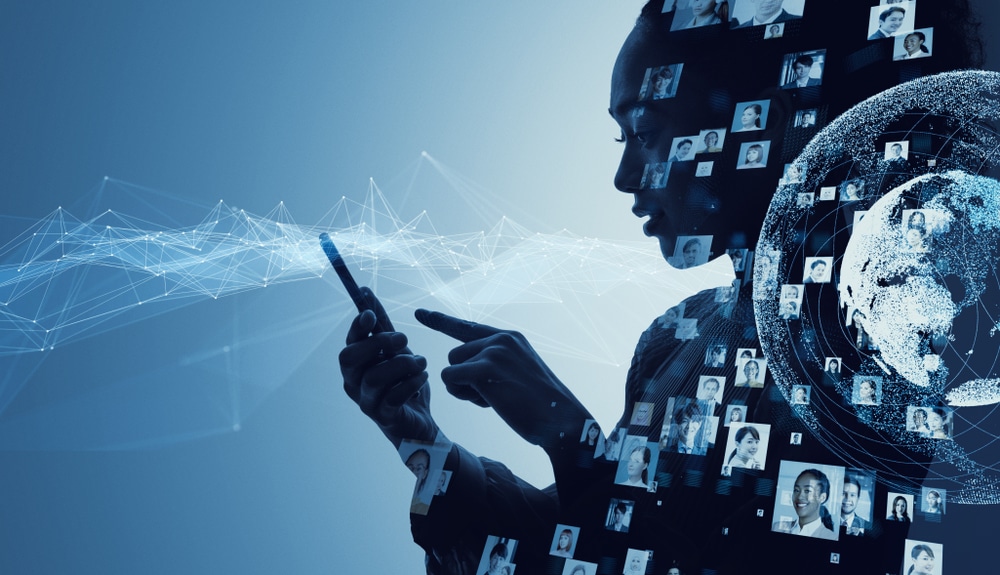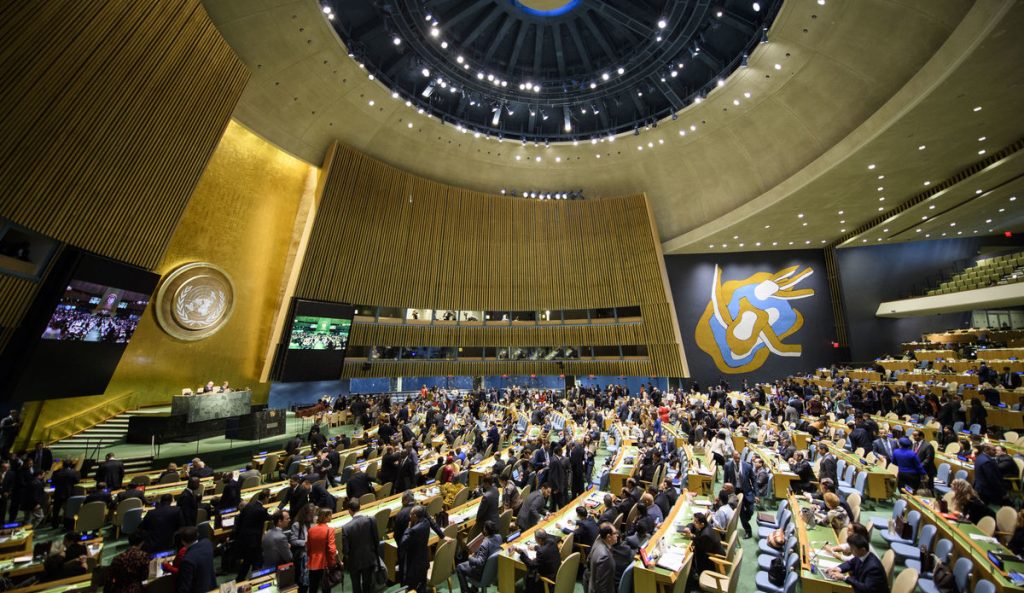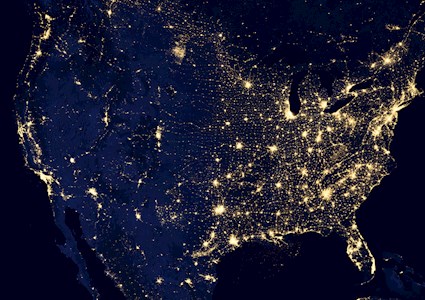CYBERSECURITY & SOCIAL SCIENCE
Cybersecurity, often viewed as a technical field, is deeply multidisciplinary and benefits significantly from a social science perspective. This course explores cybersecurity’s social, political, legal, criminological, and economic dimensions, emphasizing a human-factors approach to understanding threats. It examines the societal drivers of cyber incidents and the regulatory frameworks addressing risky behaviors. Additionally, the course highlights how various social science disciplines, including psychology, criminology, sociology, and international studies, contribute to the study of cybersecurity.
Classwork Journal
Article Review #1
CYSE201-Article-Review-1-1Article Review #2
CYSE201-Article-Review-2-1Career Paper
CYSE201-Career-Paper
This image made me think about how we’re all connected through technology, especially through social media and online platforms. It represents how information—and unfortunately misinformation—can spread quickly from one person to another across the globe. From a social science perspective, it shows how human behavior, communication, and social networks play a big role in cybersecurity. People’s online habits, who they trust, and how they interact with others online can all affect how cyber threats spread and how we respond to them.
Image Source: QCT College, What Is Social Engineering in Cyber Security? (April 15, 2024), QCT College, https://qctcollege.com/what-is-social-engineering-in-cyber-security/.

This image made me think about how solving cybersecurity challenges takes teamwork and connection. The puzzle pieces represent how different people and roles fit together—whether it’s IT professionals, social scientists, policy makers, or everyday users. The stick figures reaching out show the importance of including everyone, even those who may feel left out or disconnected from technology. From a social science perspective, it highlights the value of social inclusion, communication, and building trust in digital spaces to create a safer environment for everyone.
Image Source: Holt, Troy, How the Science Behind Human Connectedness Impacts Organizational Culture (n.d.), PA Times, https://patimes.org/connected/.

Seeing children typing on keyboards reminded me that they are the future of our digital world. As they grow up surrounded by technology, it’s important that we teach them not just how to use it, but how to use it safely and responsibly. This ties into cybersecurity because kids are often targeted by online threats or exposed to misinformation without realizing it. From a social science perspective, it emphasizes the need for digital literacy, education, and ethical guidance starting at a young age. How we shape their understanding today can impact the safety and health of the internet tomorrow.
Image Source: Russell, Thomas Holt III, We Are Teaching Cybersecurity the Wrong Way (Dec. 8, 2024), Medium, https://thruss09.medium.com/we-are-teaching-cybersecurity-the-wrong-way-49b748cc2a4a.

This photo of a conference or gathering reminds me of how important it is for people to come together to share ideas and stay informed about cybersecurity. Cyber threats are always changing, so professionals—and even everyday users—need spaces where they can learn, discuss, and work together on solutions. From a social science perspective, it shows how human interaction, group behavior, and education all play a role in creating a more secure digital environment. It also highlights how cybersecurity isn’t just a technical field—it depends on people working together, learning from one another, and staying engaged.
Image Source: CyberTech Accord, Joint Civil Society Statement on Cyber Peace and Human Security at the 2021 UN General Assembly First Committee on Disarmament and International Security (Oct. 8, 2021), CyberTech Accord, https://cybertechaccord.org/joint-civil-society-statement-on-cyber-peace-and-human-security-at-the-2021-un-general-assembly-first-committee-on-disarmament-and-international-security/.

This map of the USA at night, with its scattered lights, made me think about how information flows across the country, much like the lights on the map. Some areas are more concentrated with activity, which reflects how certain regions or communities might face higher cyber risks due to factors like digital literacy or access to technology. From a social science perspective, this highlights how cybersecurity is intertwined with social issues like inequality and access to resources. Communities with more concentrated digital activity may require greater focus on education and protection to bridge these gaps and ensure everyone is equally equipped to navigate the digital world safely.
Image Source: American Society of Civil Engineers (ASCE), Cybersecurity (n.d.), American Society of Civil Engineers, https://www.asce.org/topics/cybersecurity.